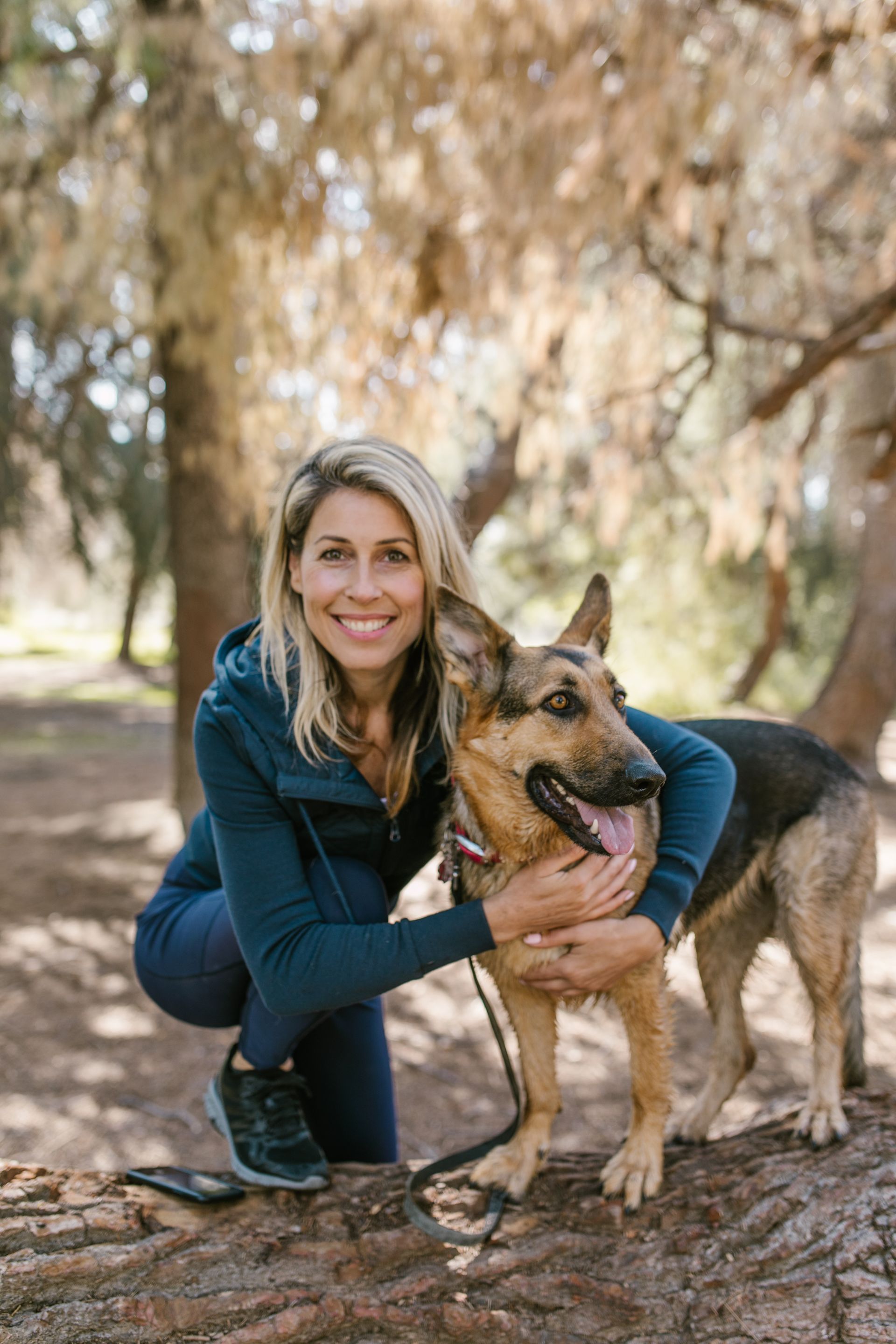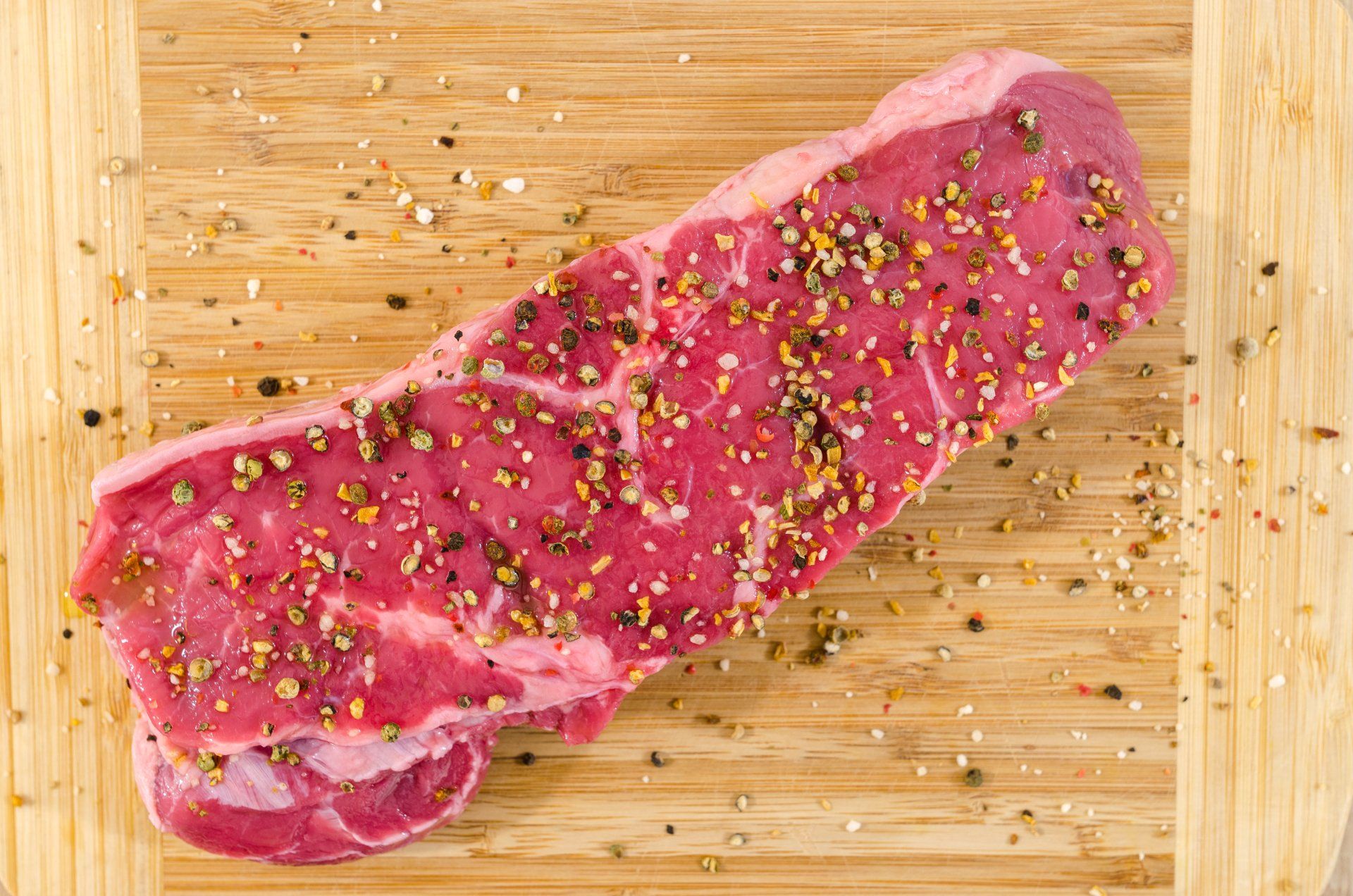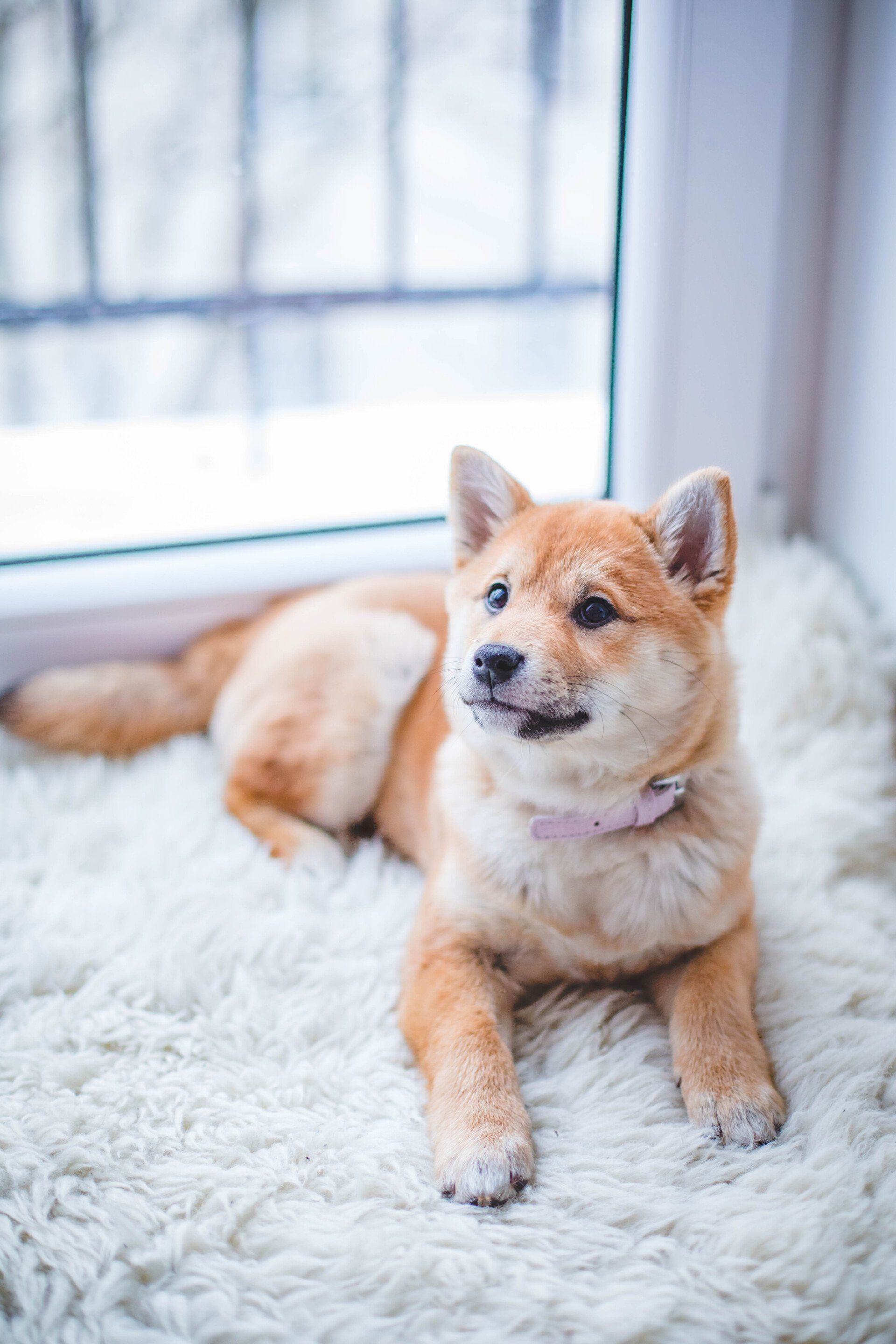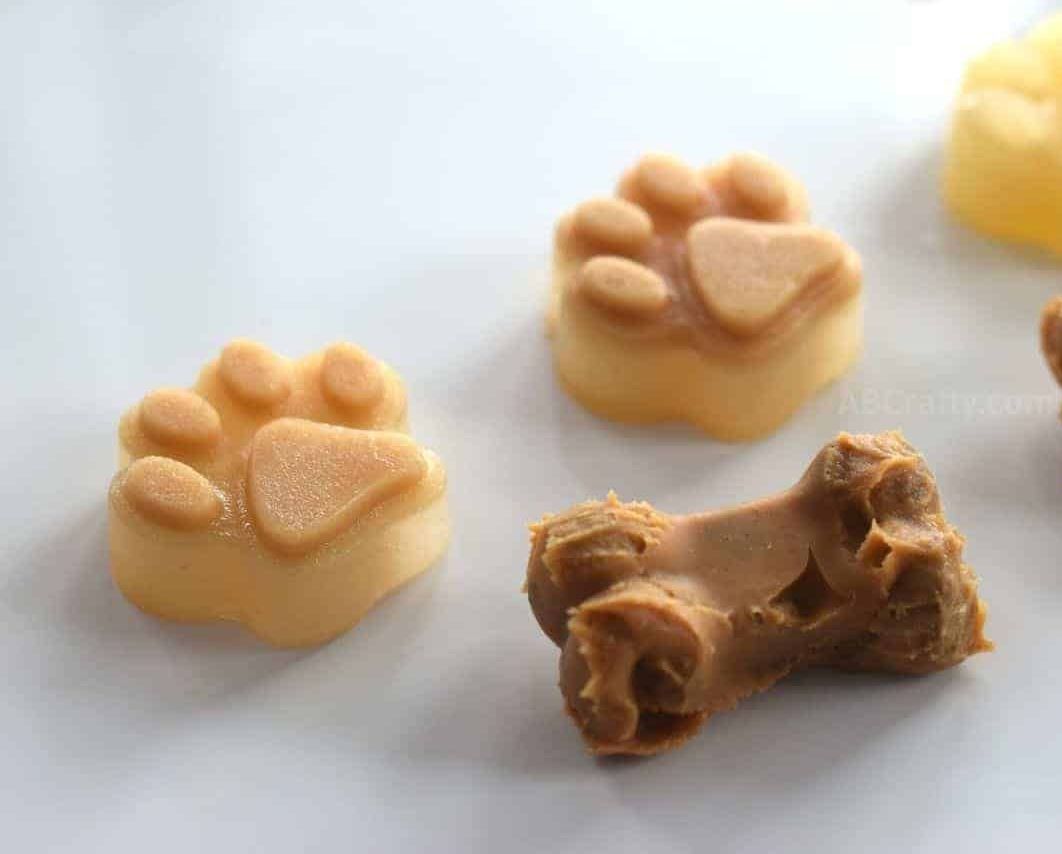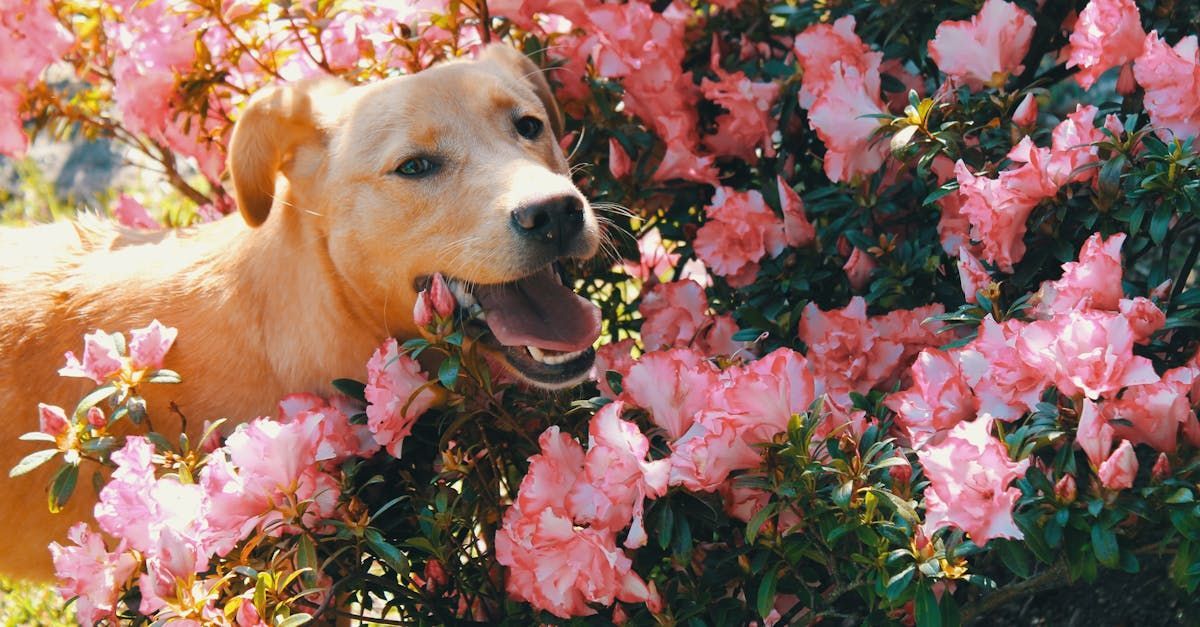Dog Daycare: A Fun and Safe Way to Keep Your Dog Active and Social
Dog daycare is a great way to keep your dog active and socialized while you're away. It's also a great way to give your dog some much-needed playtime and attention.
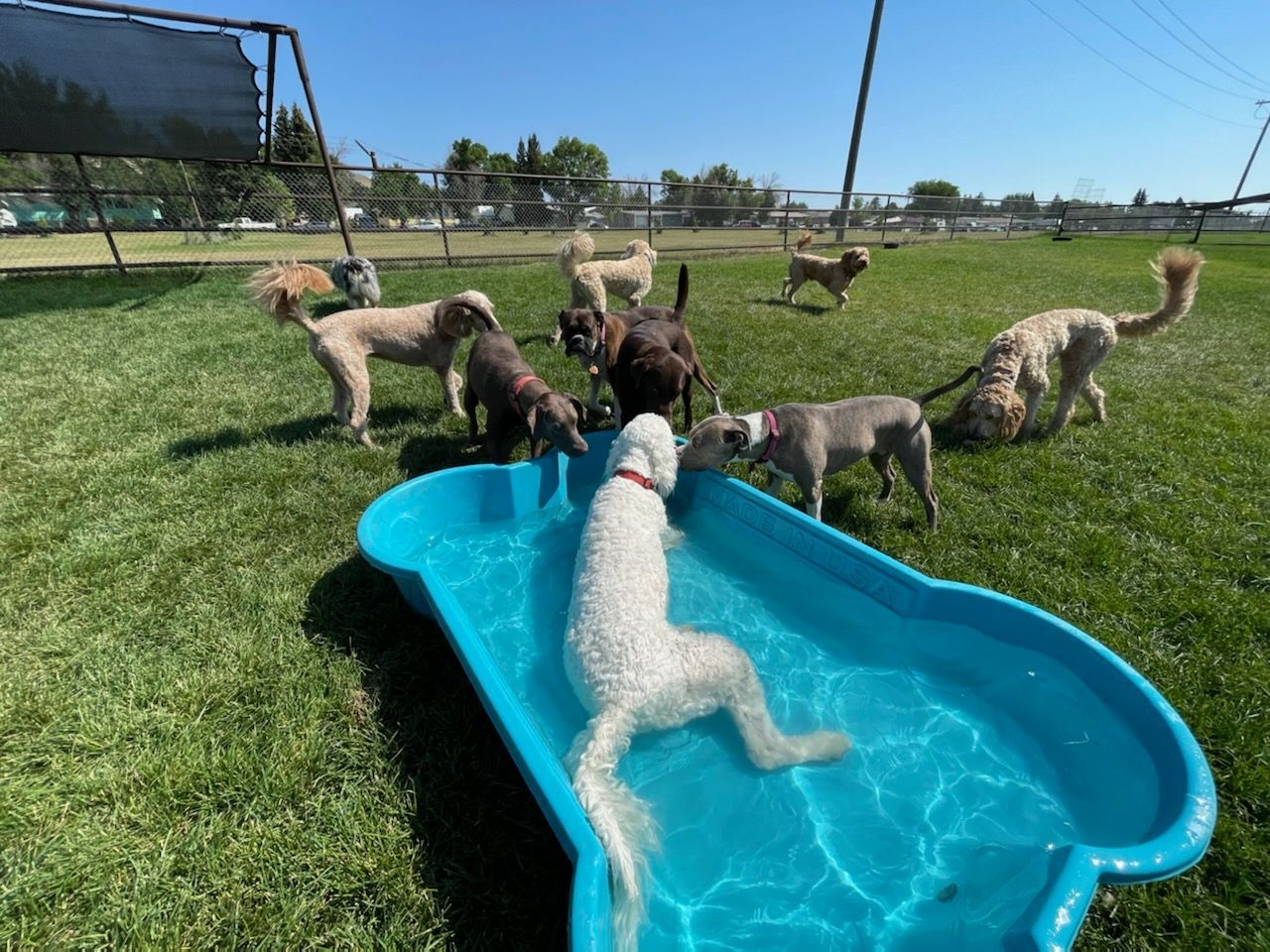
In this blog post, we will discuss the benefits of dog daycare, how to choose the right daycare for your dog, and what to expect when you drop your dog off for the day.
Benefits of dog daycare:
- Exercise and socialization: Dog daycare provides your dog with plenty of exercise and socialization. This is especially important for dogs that are left alone for long periods of time during the day.
- Mental stimulation: Dog daycare can also help to provide your dog with mental stimulation. This is important for keeping your dog's mind sharp and preventing boredom.
- Reduced stress: Dog daycare can help to reduce stress in dogs. This is especially true for dogs that are anxious or fearful of being left alone.
- Peace of mind: Dog daycare can give you peace of mind knowing that your dog is being well-cared for while you're away.
How to choose the right daycare:
When choosing a dog daycare, there are a few factors to consider:
- The size of the daycare: You want to choose a daycare that is large enough to accommodate your dog's energy level. If you have a high-energy dog, you'll want to choose a daycare with a lot of space for them to run and play.
- The experience of the staff: The staff at the daycare should be experienced in handling dogs of all breeds and sizes. They should also be knowledgeable about dog behavior and be able to identify any potential issues.
- The amenities offered: Some daycares offer a variety of amenities, such as play areas, swimming pools, and grooming services. If these amenities are important to you, be sure to ask about them before you make a reservation.
What to expect when you drop your dog off:
When you drop your dog off at daycare, you'll need to provide the staff with your dog's medical history and any special dietary needs. You'll also need to pack a bag with your dog's favorite toys, treats, and bedding.
The staff will give your dog a tour of the facility and introduce them to the other dogs. They'll also help you to get your dog settled in.
Dog daycare can be a great way to keep your dog active, socialized, and happy. By following the tips in this blog post, you can find the right daycare for your dog and ensure that they have a great experience.
If you're thinking about enrolling your dog in daycare, be sure to contact a few different facilities to get quotes and compare their services. You can also ask your friends, family, and veterinarian for recommendations.
Additional tips:
- Visit the daycare in person: Before you enroll your dog, be sure to visit the daycare in person. This will give you a chance to see the facilities, meet the staff, and ask any questions that you have.
- Ask about the drop-off and pick-up procedures: Find out how the daycare handles drop-off and pick-up. Some daycares have specific procedures that you need to follow, while others are more flexible.
- Be prepared to pay a deposit: Many daycares require a deposit, which is usually refundable.
- Be prepared to provide medical records: The daycare will need to see your dog's medical records before they can enroll them.
Thank you for reading!

